

November in Review
As we watch our first snow of the season fall and it truly feels like winter is setting in, we would like to take a moment to reflect on the past month at BRDC.

Birding Adventures
We have got birds on the brain at BRDC and have enjoyed every second of it!

The Twin County Community Foundation Sponsors Residential Education at BRDC
The Twin County Community Foundation (TCCF) continues to support Blue Ridge Discovery Center through a grant to get students outside engaged in nature.

Residential Program with Carroll County
Here at BRDC, we have been so elated to have been able to host 150 6th graders from Carroll County for a three weekend residential program.
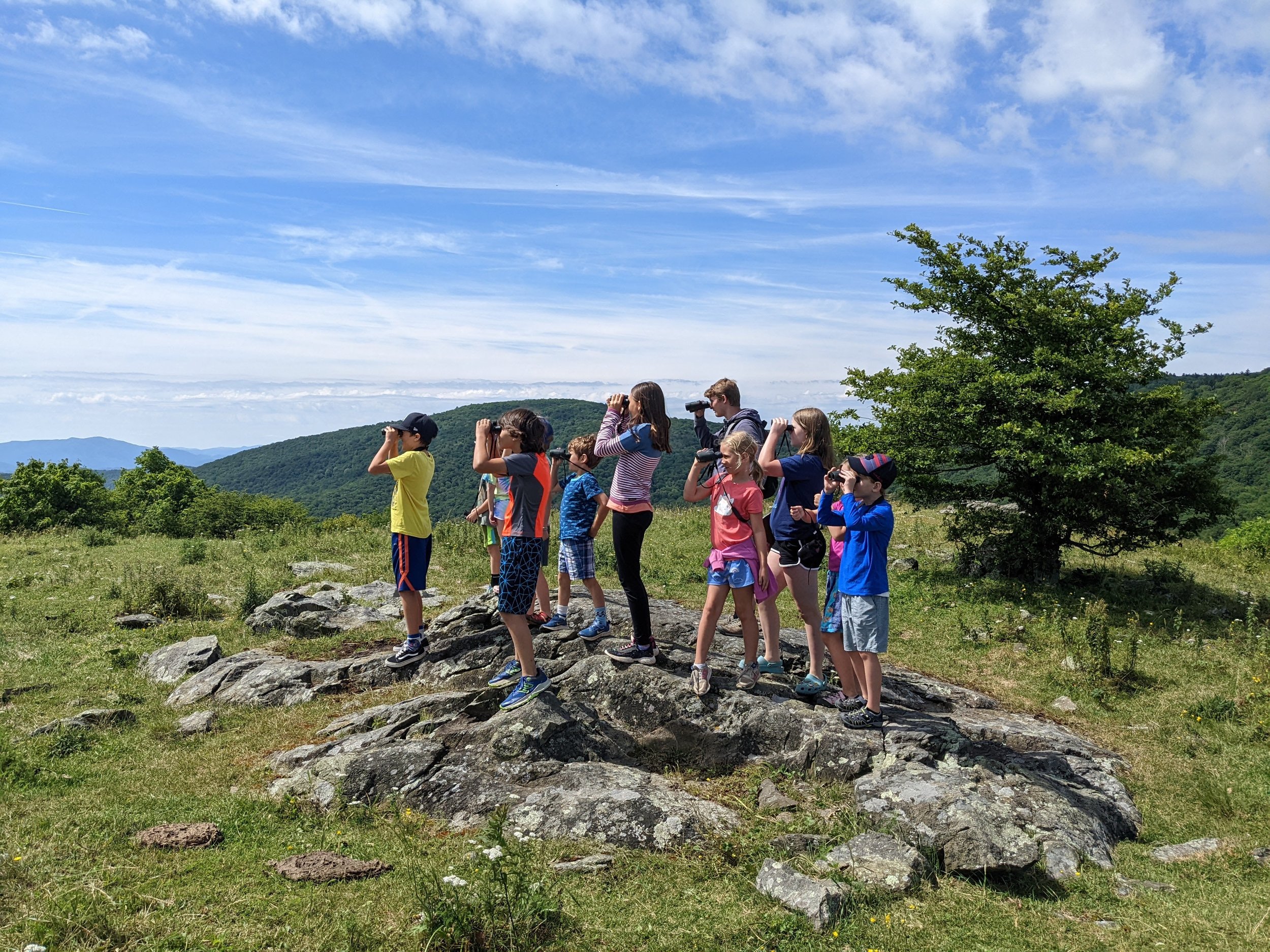
Residential Overnight Programs at BRDC
Blue Ridge Discovery Center is thrilled to welcome Carroll County Middle School next week for our residential overnight program with their rising 6th graders!
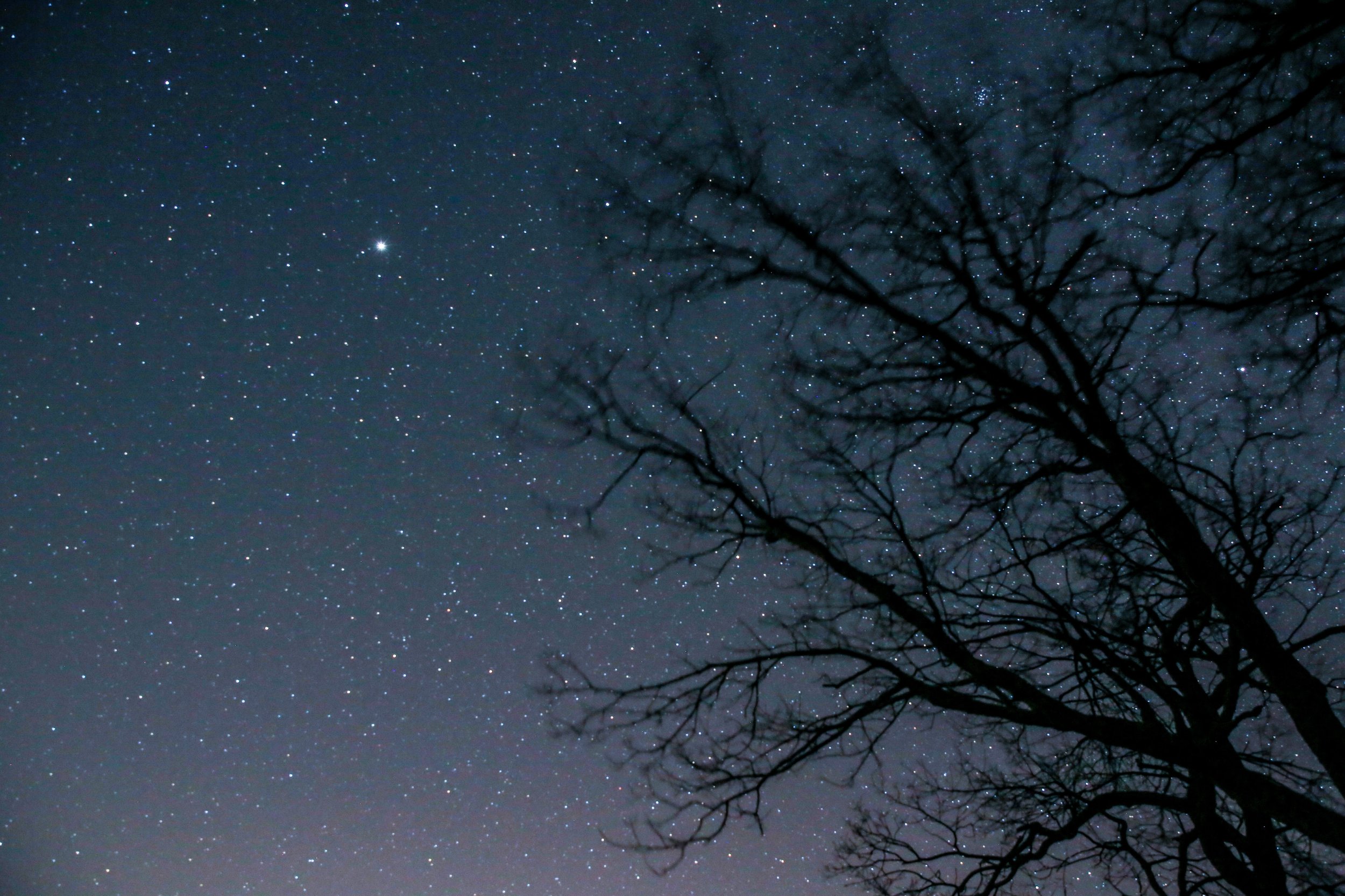
A Year in Review
Look at what you helped us achieve in 2021 and join us in ringing in the New Year!

Science In Nature Program: Session II
Join us October 14th through November 18th (one day per week) for Session II

BRDC Joins Grayson County After School
BRDC applied as the co-applicant with Grayson County Public Schools for the 21st Century Community Learning Center grant to provide hands-on, experiential programs to the students of Fries School and Independence Elementary School.

September & October 2020 Events Calendar
Between capturing the remaining vestiges of summer and welcoming fall, there is a lot to appreciate about September! Can you join us for one of the following events?
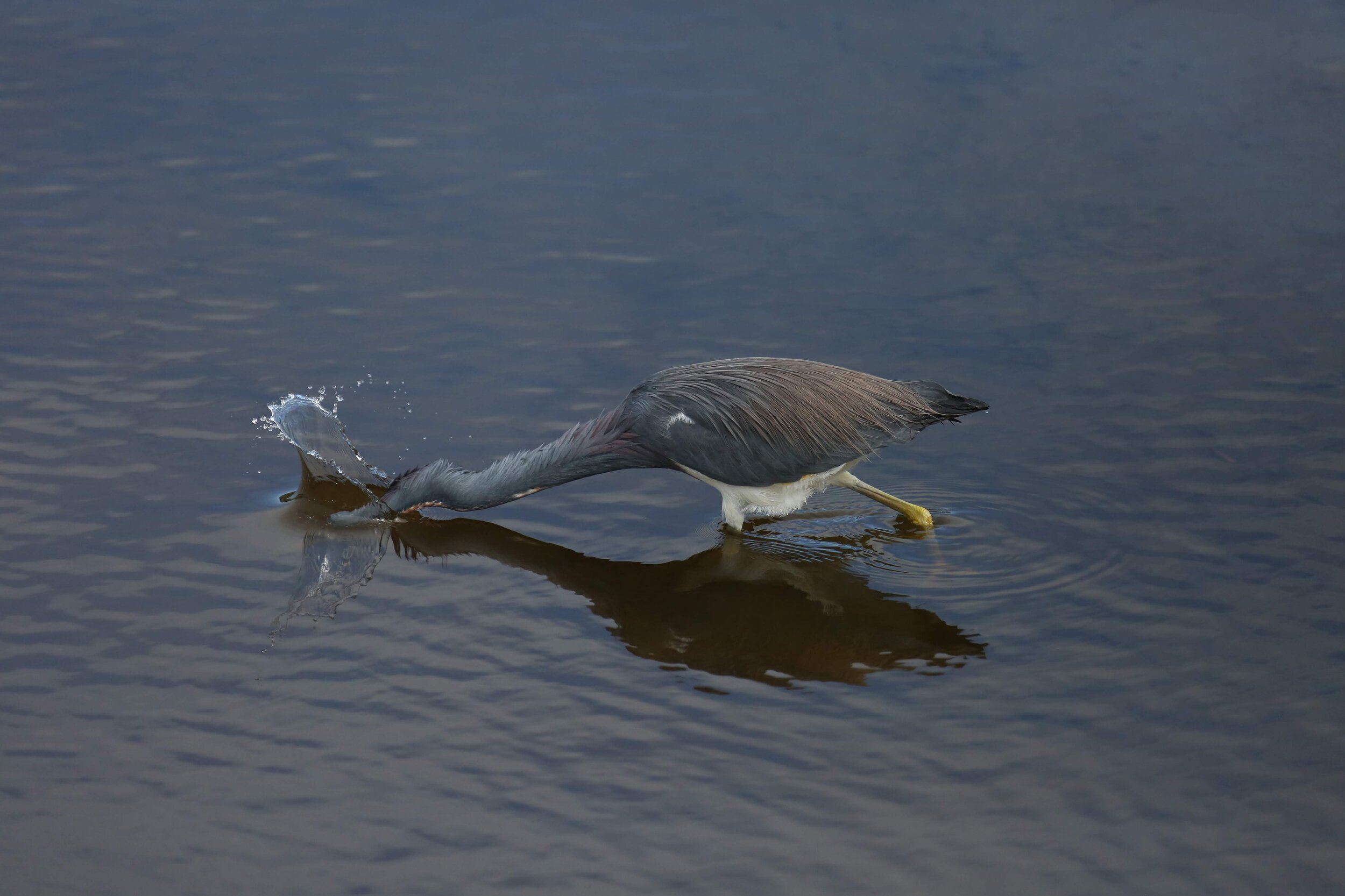
Youth HBSP Birding Expedition
Huntington Beach State Park (HBSP) hosts some of the best winter birding in South Carolina and was the destination for our recent youth birding expedition.

First in the Field
Rhea Valley Elementary School is the first school group to visit our Center and Field Station for a day of experiential learning.


Along the Creek
The sun was shining and spirits were high this past week when we had the opportunity to journey into Grayson Highlands State Park with a seventh grade group from Grayson Highlands School.
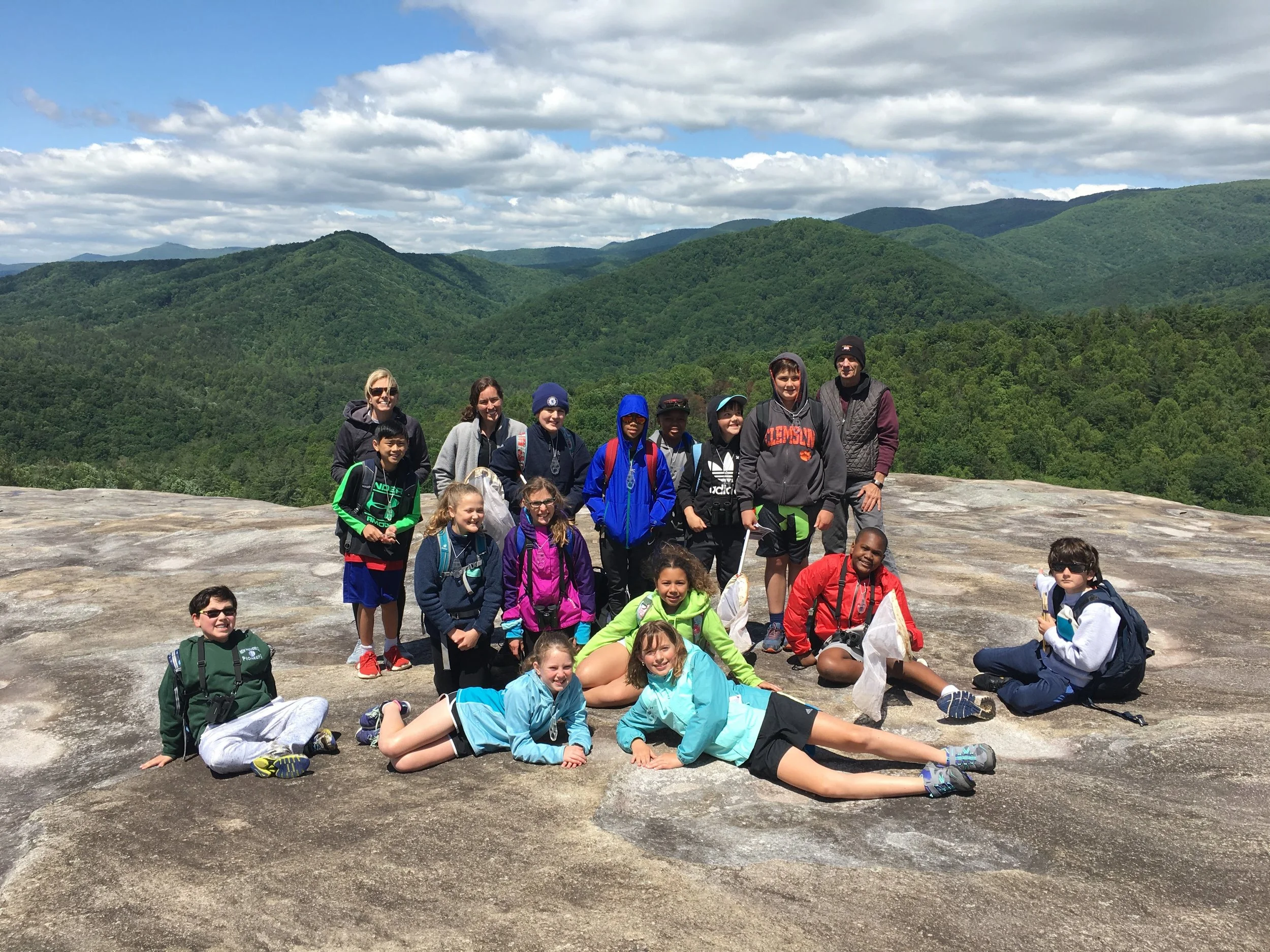
At the Summit
A beautiful week of sunshine and cool weather was spent with the 5th graders from Summit School.
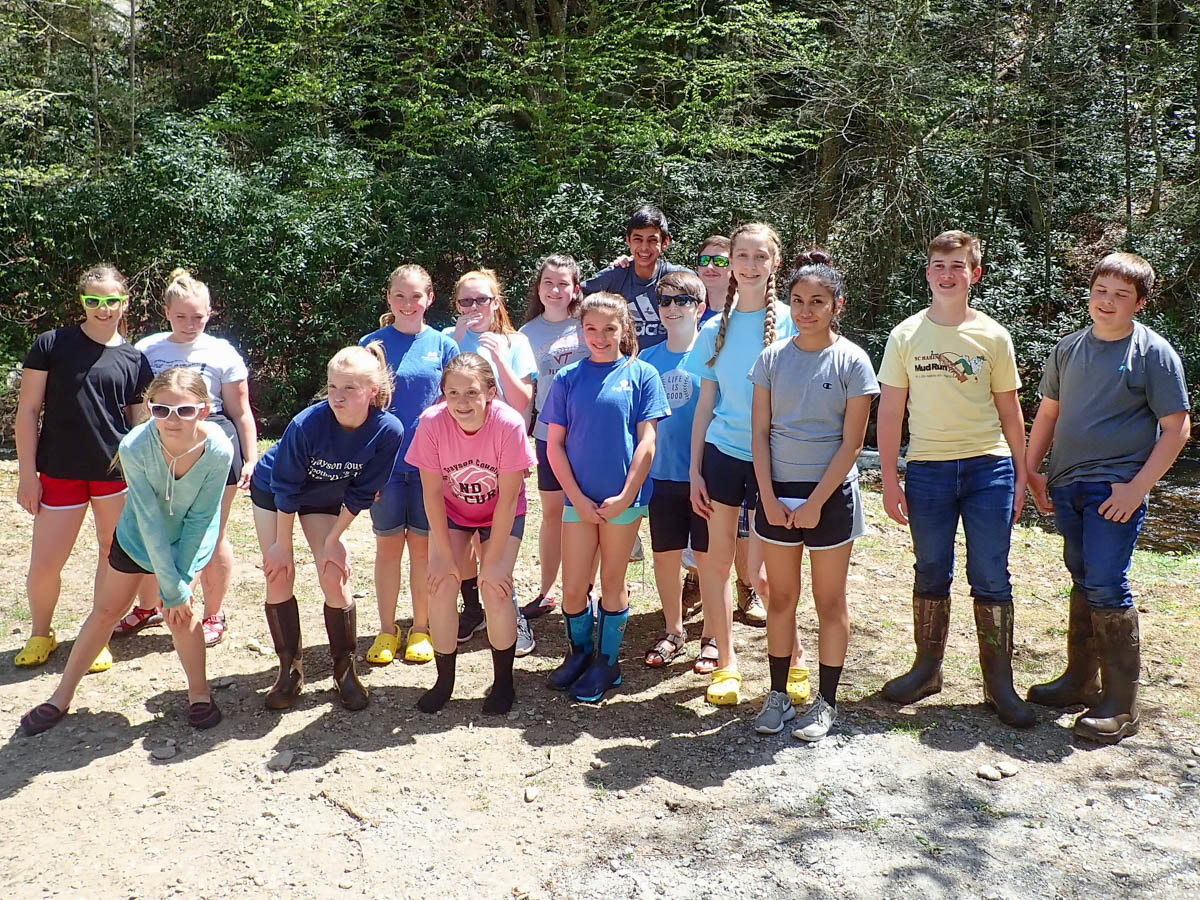
Trout in the Classroom
Release day is a big deal for students as they set free nearly 100 tiny brook trout after watching and caring for them over the span of an entire school year

Happenings with BRDC in the Schools
Each month, BRDC shares elements of the natural history of the region with the students in elementary schools in Grayson and Washington Counties.

Enrichment with Galax Middle School
What a week loaded with lots of fun both inside and out! The students of Galax Middle School played games, made camp, knapped arrowheads, and caught BIG fish.

BRDC Science Fair - Grayson County Middle Schools
The fun and excitement continues as 246 students in Grayson County competed for prizes at the 3rd Annual BRDC Science Fair!

Emory and Henry College's 2018 Service Plunge at BRDC
BRDC gained a crew of helping hands for a morning of ground maintenance during E&H’s 2018 Service Plunge.

Summer Day Camps
BRDC staff and interns have been sharing the Blue Ridge with the kids of Grayson, Smyth and Washington Counties.